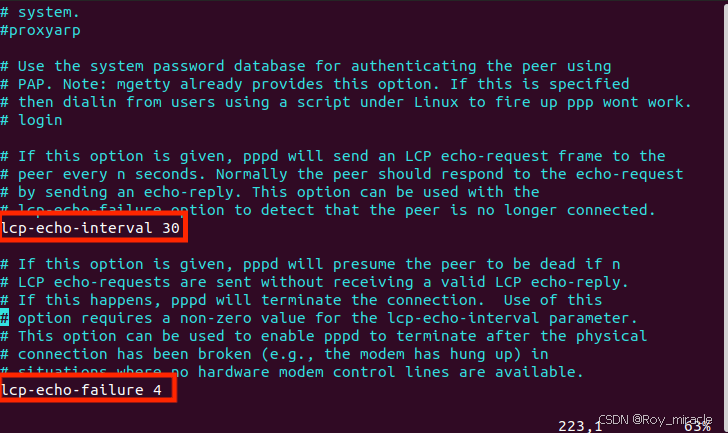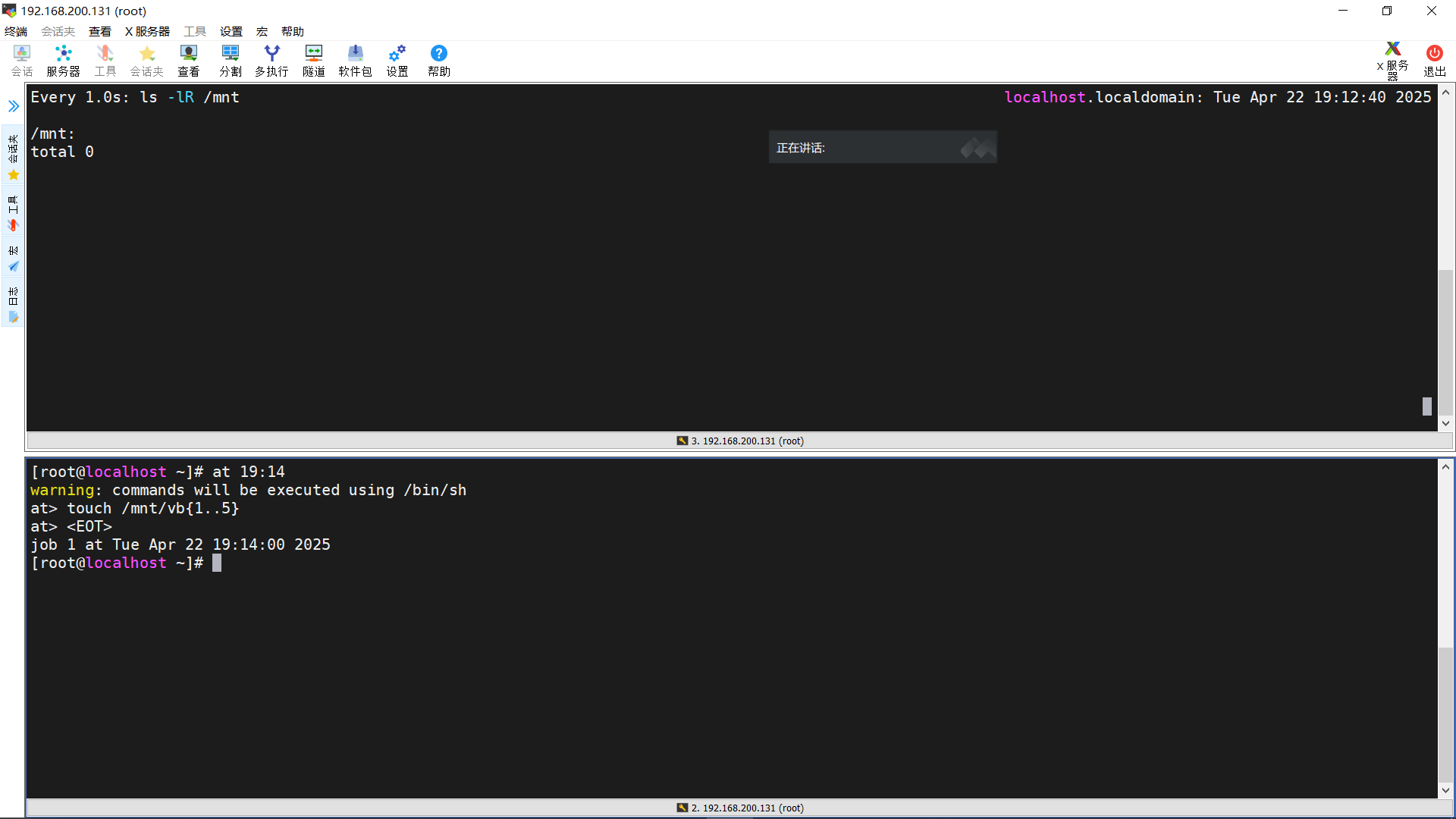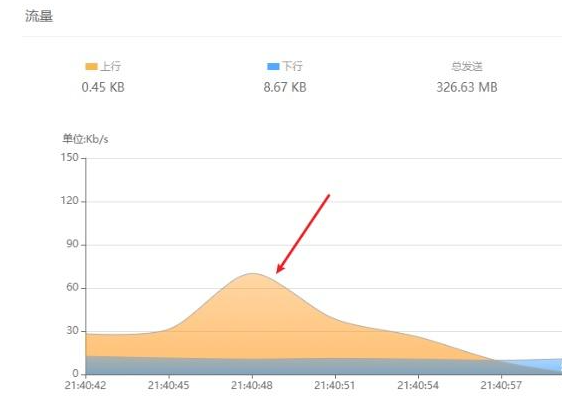如何在 WebStorm 中配置一个 Web 服务器
1. 使用 WebStorm 的内置功能
WebStorm 提供了内置的 HTTP 服务器功能,可以快速预览项目的静态文件(HTML、CSS、JS 等)。
步骤:
- 打开 WebStorm,加载你的项目。
- 在 Project Tool Window 中找到 HTML 文件。
- 右键点击文件并选择 Open in Browser:
- WebStorm 会启动一个内置的 HTTP 服务器并在默认浏览器中打开该文件。
- 在地址栏中,你可以看到类似
http://localhost:63342/project-name/index.html的 URL,这是 WebStorm 自动配置的本地服务器地址。
优点:
- 快速设置,无需额外工具。
- 支持所有静态文件的预览。
- 自动反映项目文件的最新更改。
2. 配置外部 Node.js 服务器
如果需要动态内容或更复杂的服务器逻辑,可以在 WebStorm 中配置一个 Node.js Web 服务器。
步骤:
-
安装 Node.js:
- 确保系统已安装 Node.js,可以通过以下命令验证:
node -v npm -v - 如果未安装,前往 Node.js 官方网站 下载并安装。
- 确保系统已安装 Node.js,可以通过以下命令验证:
-
创建服务器文件:
- 在项目中创建一个文件
server.js,内容如下:const http = require('http'); const fs = require('fs'); const path = require('path'); const server = http.createServer((req, res) => { let filePath = '.' + req.url; if (filePath === './') { filePath = './index.html'; } const extname = String(path.extname(filePath)).toLowerCase(); const mimeTypes = { '.html': 'text/html', '.js': 'text/javascript', '.css': 'text/css', '.json': 'application/json', '.png': 'image/png', '.jpg': 'image/jpg', '.gif': 'image/gif', '.svg': 'image/svg+xml', }; const contentType = mimeTypes[extname] || 'application/octet-stream'; fs.readFile(filePath, (error, content) => { if (error) { if (error.code === 'ENOENT') { res.writeHead(404, { 'Content-Type': 'text/html' }); res.end('404 Not Found
', 'utf-8'); } else { res.writeHead(500); res.end(`Server Error: ${error.code}`, 'utf-8'); } } else { res.writeHead(200, { 'Content-Type': contentType }); res.end(content, 'utf-8'); } }); }); const PORT = 8080; server.listen(PORT, () => { console.log(`Server running at http://localhost:${PORT}/`); });
- 在项目中创建一个文件
-
运行服务器:
- 打开 WebStorm 的 Terminal(快捷键:
Alt + F12或Ctrl + ~)。 - 运行以下命令启动服务器:
node server.js - 访问
http://localhost:8080查看你的 Web 服务器。
- 打开 WebStorm 的 Terminal(快捷键:
-
调试服务器:
- 在 WebStorm 中设置一个 Run/Debug Configuration:
- 选择 Add Configuration (+) > Node.js。
- 设置入口文件为
server.js。 - 点击 Run 按钮启动服务器,并在 WebStorm 内调试代码。
- 在 WebStorm 中设置一个 Run/Debug Configuration:
3. 配置 Python 的 HTTP 服务器(简单静态服务器)
如果不需要复杂逻辑,可以使用 Python 的内置 HTTP 服务器。
步骤:
- 打开 WebStorm 的终端。
- 使用以下命令启动服务器(需要 Python 3):
python3 -m http.server 8000 - 访问
http://localhost:8000查看项目的静态文件。
4. 使用其他 Web 服务器(如 Apache 或 Nginx)
如果你的项目需要与更复杂的 Web 服务器集成,可以使用 Apache 或 Nginx。以下是一个简单的 Nginx 配置示例:
步骤:
-
安装 Nginx:
- 在 macOS 上,可以使用 Homebrew 安装:
brew install nginx
- 在 macOS 上,可以使用 Homebrew 安装:
-
编辑 Nginx 配置文件:
- 打开 Nginx 配置文件(通常位于
/usr/local/etc/nginx/nginx.conf)。 - 添加以下内容:
server { listen 8080; server_name localhost; location / { root /path/to/your/webstorm/project; index index.html; } }
- 打开 Nginx 配置文件(通常位于
-
启动 Nginx:
nginx -
访问
http://localhost:8080查看页面。
5. 总结与建议
| 方法 | 适用场景 | 优点 | 缺点 |
|---|---|---|---|
| 内置 HTTP 服务器 | 静态文件预览 | 快速简单,无需额外配置 | 不支持动态内容或自定义逻辑 |
| Node.js Web 服务器 | 动态内容、复杂逻辑 | 可高度自定义,支持 JavaScript 集成 | 需要编写代码 |
| Python HTTP 服务器 | 静态文件预览 | 快速简单,适合快速测试 | 仅适用于静态内容 |
| Nginx/Apache | 生产环境或复杂配置需求 | 高性能,生产级功能丰富 | 配置较复杂,需要独立安装 |
参考文档
- JetBrains 官方文档 - 开启内置 Web 服务器
- Node.js 官方文档
- Nginx 官方文档










